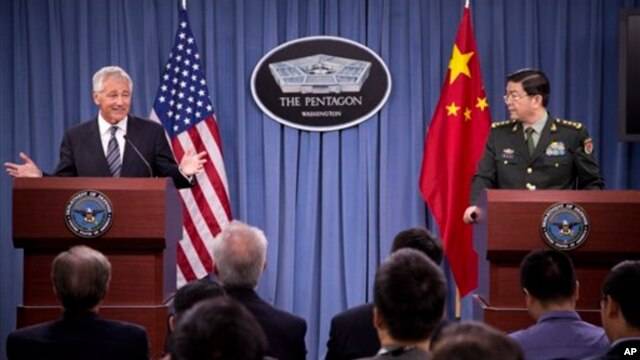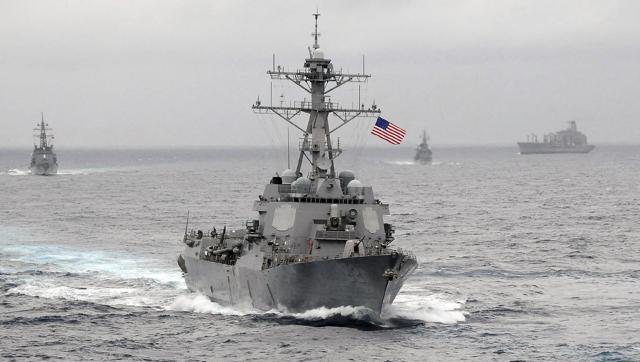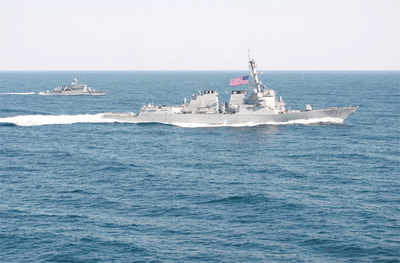Four Indian warships on overseas deployment
NEW DELHI: India has dispatched four warships, including a frontline destroyer and a stealth frigate, on a long overseas deployment through the strategic Malacca Strait to Malaysia, Vietnam and Philippines.
The four warships from the country's Eastern Fleet â stealth frigate INS Satpura, guided-missile destroyer INS Ranvijay, missile corvette INS Kirch and fleet tanker INS Shakti - will make port calls at Klang in Malaysia, Da Nang in Vietnam and Manila in Philippines before returning to India towards end-June. Eastern Fleet commander Rear Admiral P Ajit Kumar is leading the flotilla.





